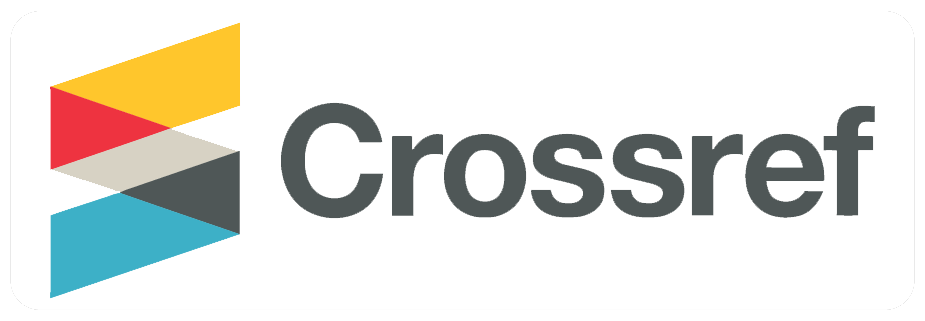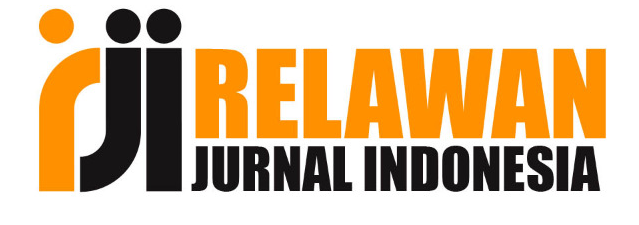Fuzzy Topsis System Untuk Pemilihan Karyawan Terbaik Pada PT. Delta Dunia Textile
DOI:
https://doi.org/10.36982/jiig.v12i1.1545Abstrak
This research implements a fuzzy topsis based system for selecting the best employees at PT. Delta World Textil. One of
the matters, especially in the management of Human Energy Resources (HR) is the selection of the best employees
periodically, so that those who are elected will be given an award in the form of a bonus in order to motivate employees
to improve their service and performance. The best and quality employees are the legacy of the industry that wants to
make the industry grow rapidly. Several methods have been proposed for selecting the best employees. However, the
method used is inaccurate because it only uses one method with few criteria. This study aims to select the best
employees by looking at several criteria in the form of discipline, teamwork, attitudes, presence, skills, loyalty, tenure,
and productivity for initial processing using fuzzy logic. Initial values are obtained in the form of membership function
values which are used as input into the topsis method. The first stage of the topsis method is carried out in the
normalized decision metric stage, the results of this stage are used to find a weighted normalized decision matrix
according to the weight of the criteria for each criterion, the results of this stage are used to ensure positive ideal
solving and negative perfect solutions after that the distance between the values is determined. each alternative with a
positive perfect solution matrix and a negative perfect solution matrix. In the last session, the highest preference value
was sought so that the best employees were obtained. The results show that the system established is very feasible in
ensuring the best employees in performance evaluation.
Keywords : Fuzzy Logic, Topsis, Best Employees, Decision Support System
Referensi
Beg, I., & Rashid, T. (2013). TOPSIS_for Hesitant Fuzzy_Linguistic_Term_Sets. 00, 1–10. https://doi.org/10.1002/int
Dammak, F., Baccour, L., & Alimi, A. M. (n.d.).. The_Impact_of_Criterion_Weights_Techniques_in TOPSIS Method of Multi-Criteria_Decision_Making in_Crisp and Intuitionistic_Fuzzy Domains. (9).
Hafiz, A. (2018). Sistem_Pendukung Keputusan Pemilihan_Karyawan_Terbaik_Dengan Pendekatan_Weighted_Product ( Studi Kasus : PT . Telkom Cab . Lampung ). XV(April), 23–28.
Han, H., & Trimi, S. (2018). PT_US_CR. Expert_Systems with Applications. https://doi.org/10.1016/j.eswa.2018.03.003
Ibbi, S. (2020). Decision_Support_System_for_Academic Administration_Staff_Achievement in_STMIK IBBI Using TOPSIS-HFLTS Method. 282–286.
Kafabih, F. (n.d.). Determination_of_Annual_Employee Salary Increase and Best Employee Reward Using the Fuzzy-TOPSIS Method. 3–7.
Liu, H., & Zhang, L. (2018). Fuzzy rule ‑ based systems for recognition ‑ intensive classification in granular computing context. Granular Computing, 0(0), 0. https://doi.org/10.1007/s41066-018-0076-7
Negnevitsky, M, 2005, Artificial Intelligence e: a guide to intelligent systems, publisher : Tottenham Court Road, London.
Septyanto, A. W. (n.d.). Fuzzy Rule-Based System for Monitoring Traffic Congestion using Technology Radio Frequency Identification.
Simplified-topsis, M. D. (2016). Neutrosophic-simplified-TOPSIS. 2468–2474.
Singh, B., & Mishra, A. K. (2015). Fuzzy_Logic_Control System_and_its_Applications. International Research Journal of Engineering and Technology (IRJET), 2(8), 743–746.
Tanti, L., Thanri, Y., Adhar, D., & Fahrozi, W. (2000). Decision Support System Selection of Aviation Student Departments with TOPSIS method.
Type, W. (2018). Analizing_Topsis_Method_for Selecting_the Best. 2018 6th International Conference on Cyber and IT Service Management (CITSM), (Citsm), 1–6. https://doi.org/10.1109/CITSM.2018.8674263
Widyantoro, D. H., & Enjat Munajat, M. D. (2015). Fuzzy traffic congestion model based on speed and density of vehicle. Proceedings - 2014 International Conference on Advanced Informatics: Concept, Theory and Application, ICAICTA 2014, 321–325. https://doi.org/10.1109/ICAICTA.2014.7005962
Unduhan
Diterbitkan
Cara Mengutip
Terbitan
Bagian
Lisensi

This work is licensed under a Creative Commons Attribution-ShareAlike 4.0 International License.











